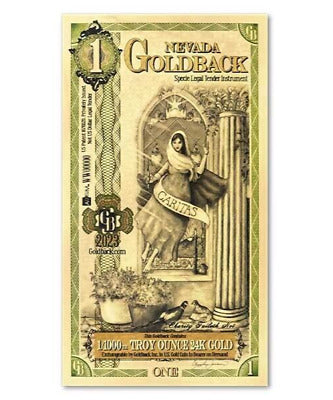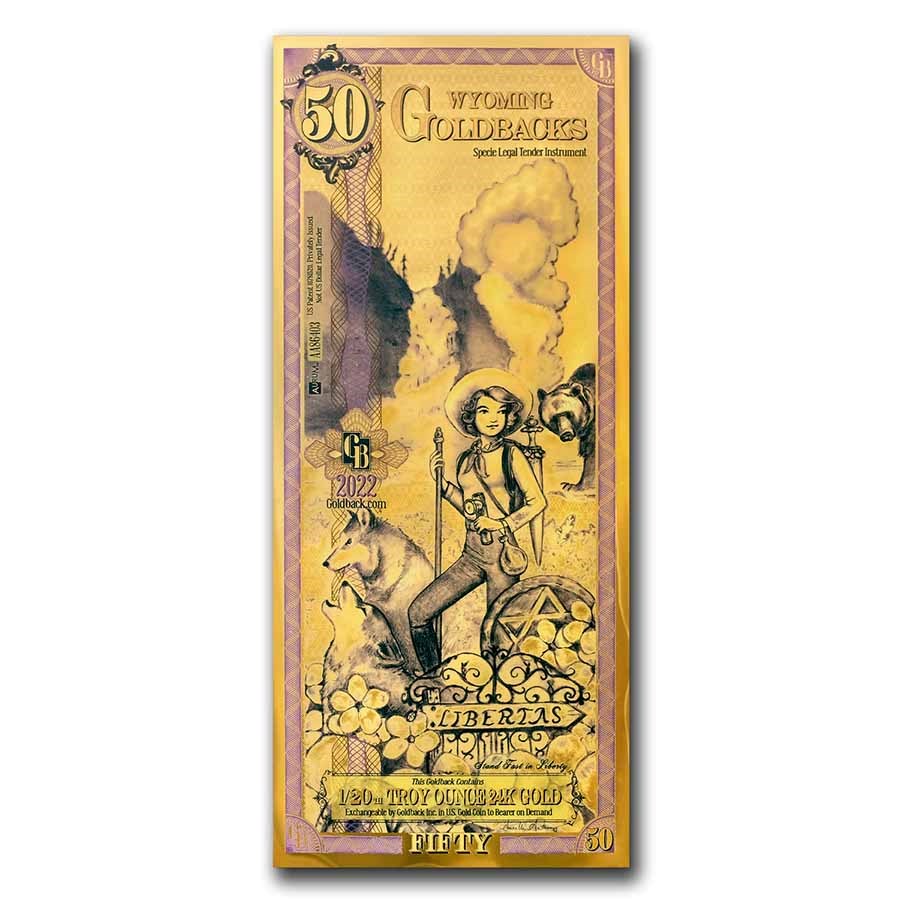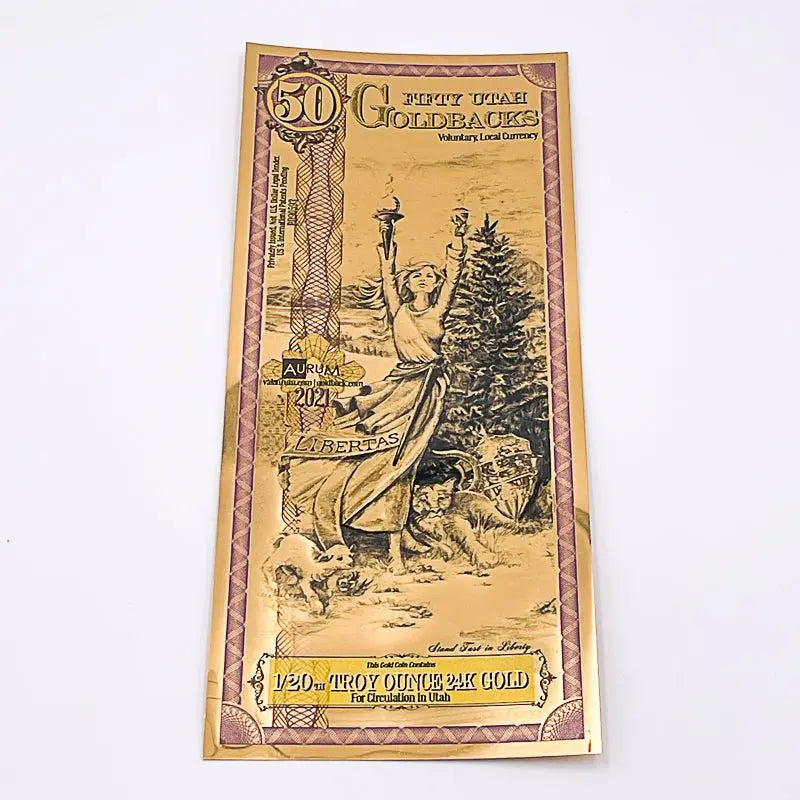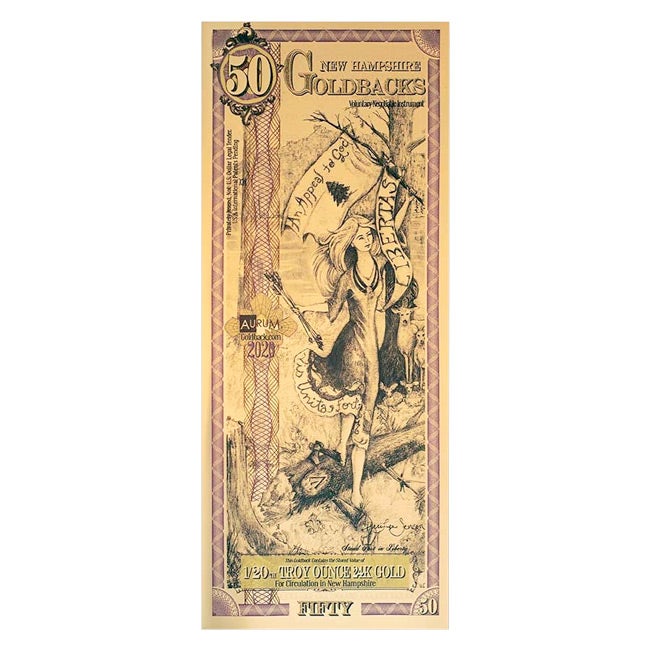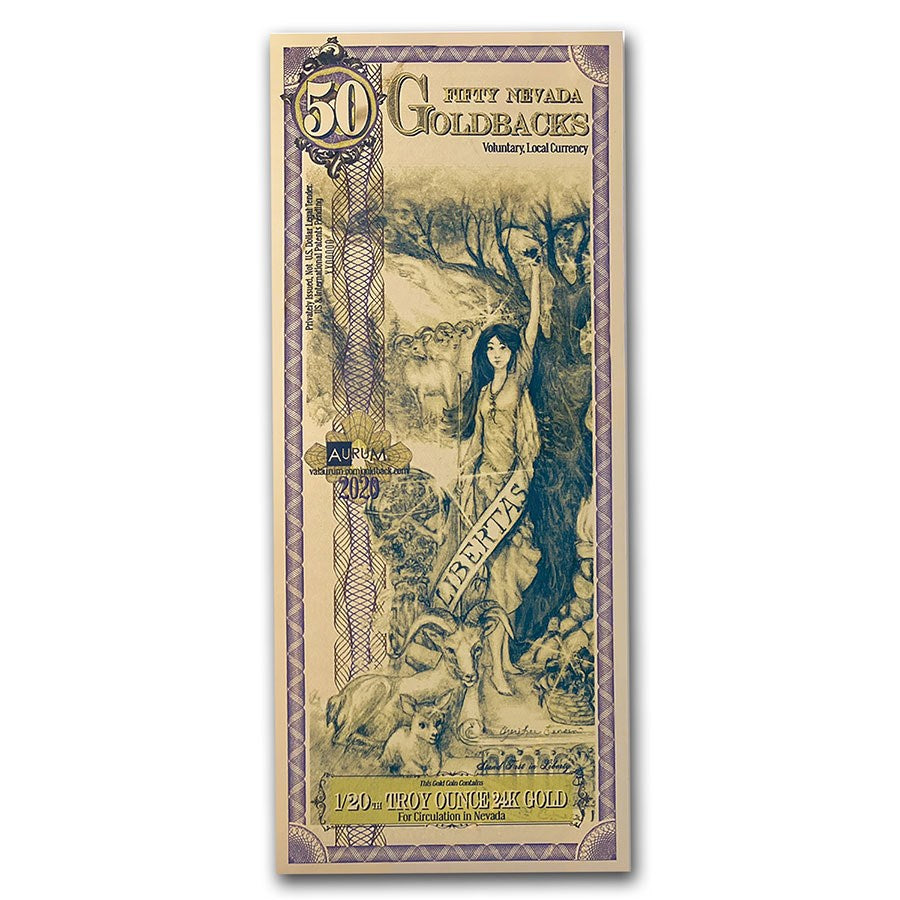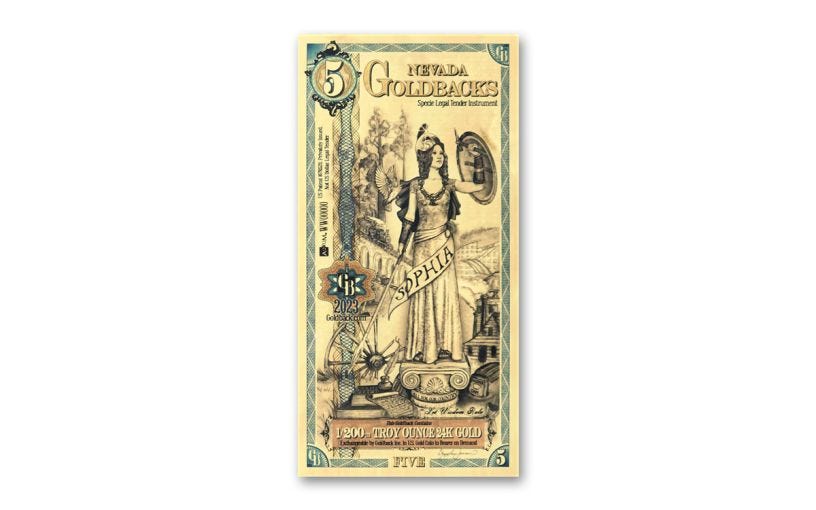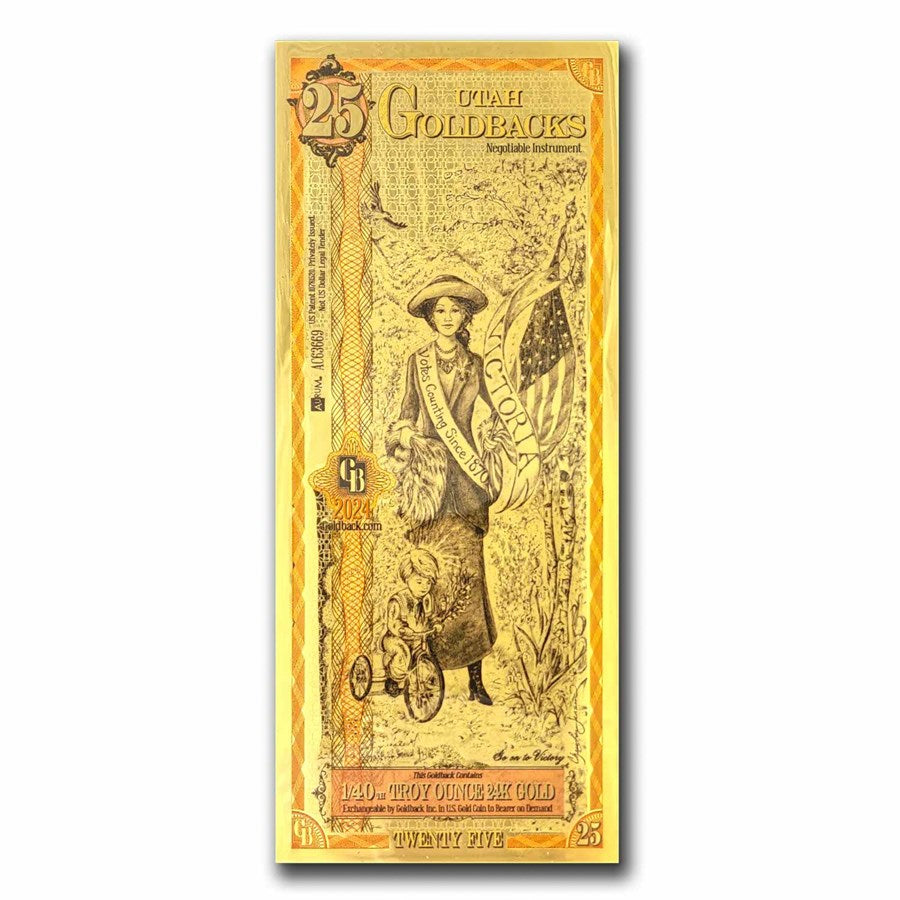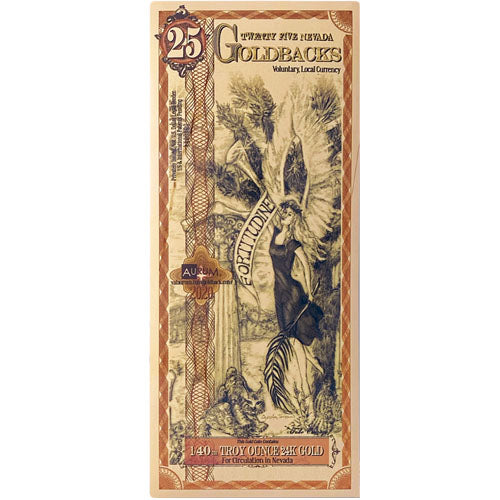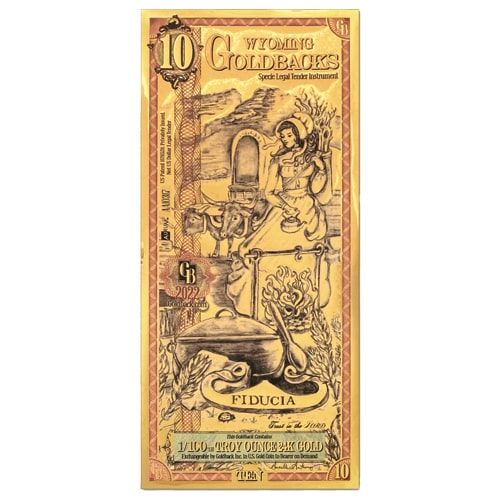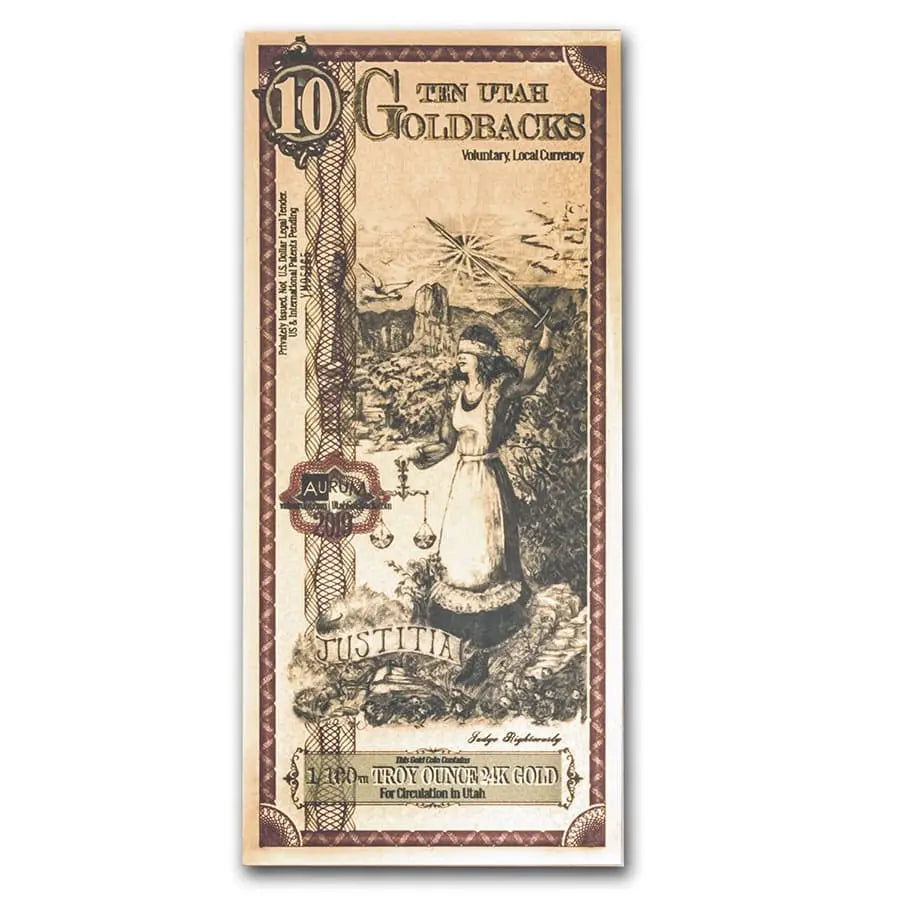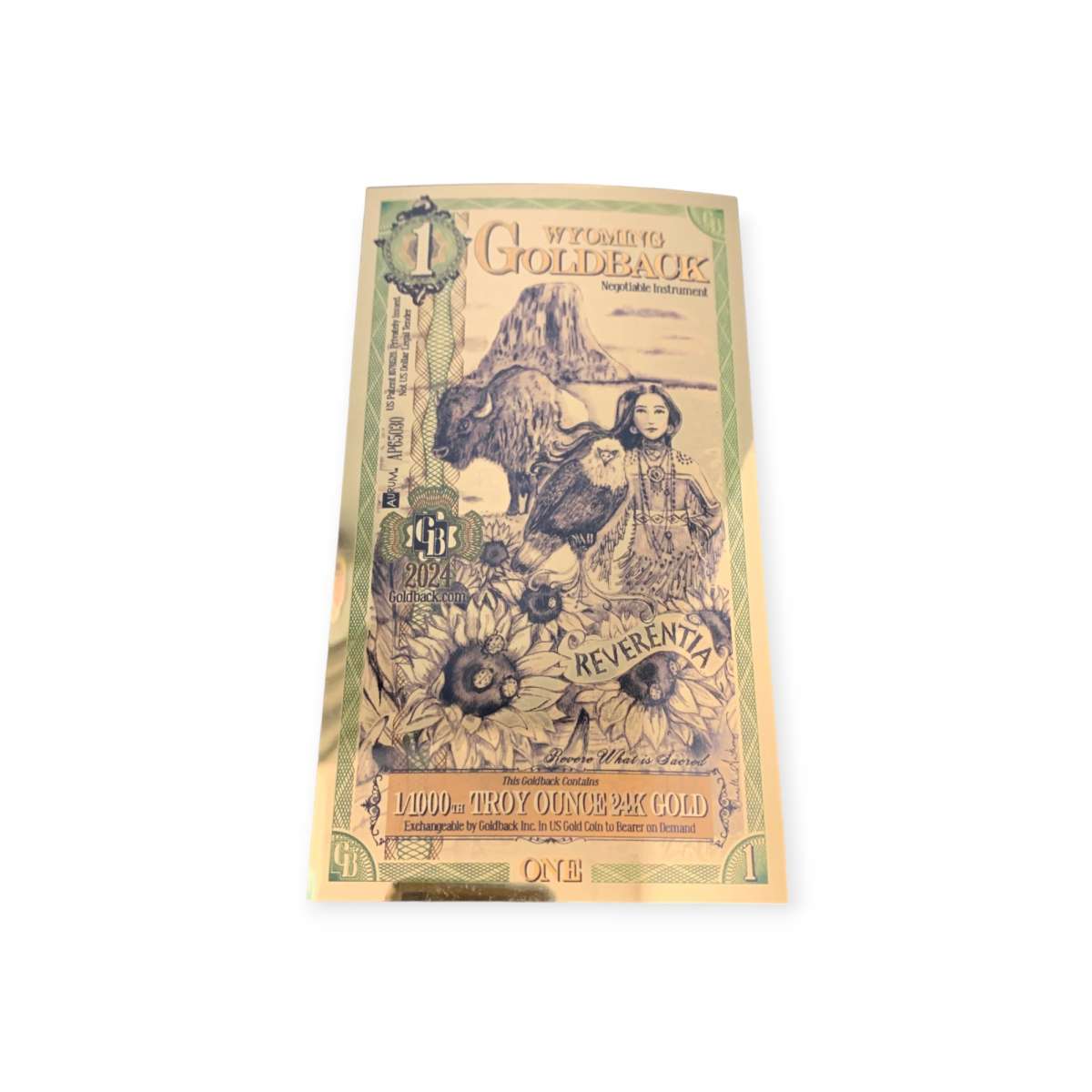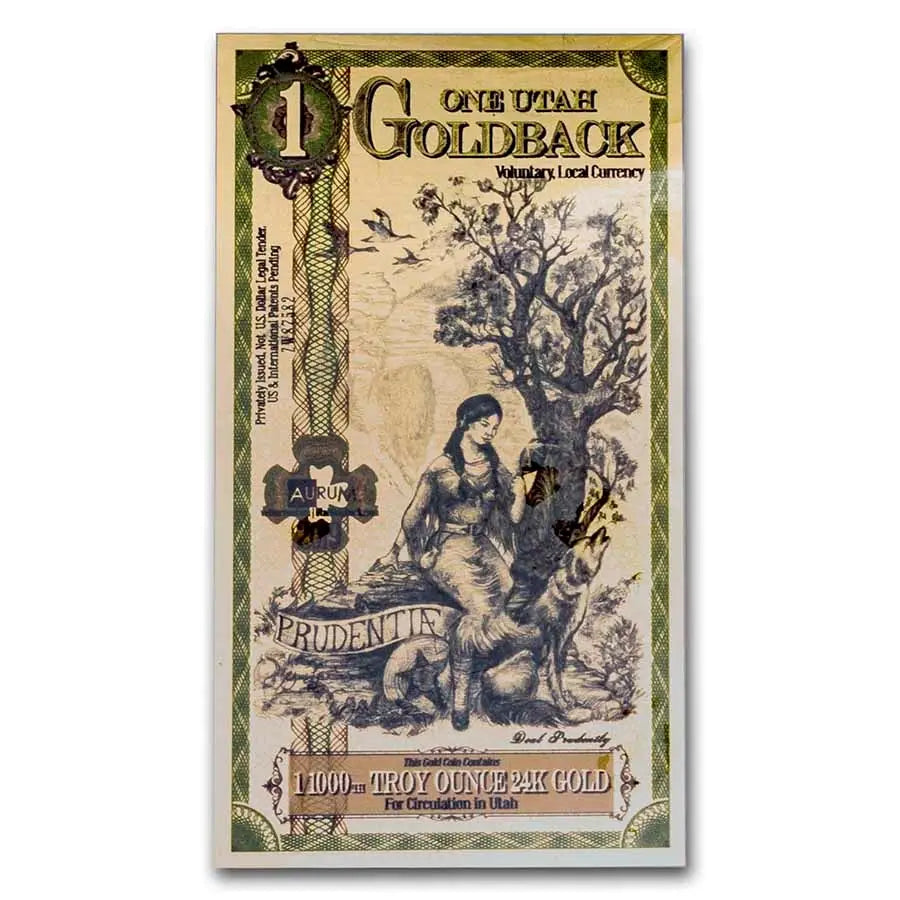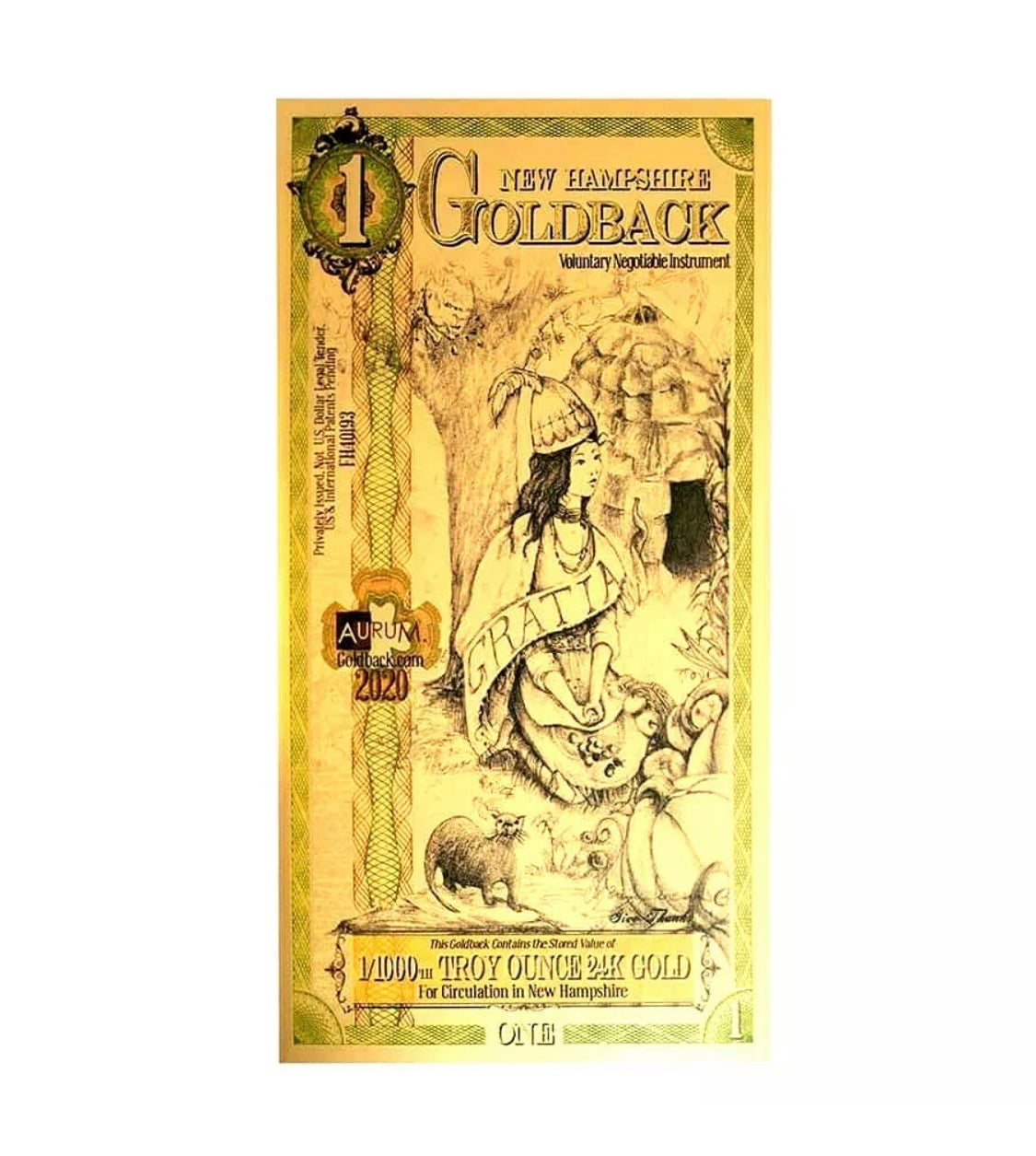
What Makes an Item Valuable? Exploring Rarity, Utility, Story, and Imitability.

Value is a fascinating concept. Whether we’re talking about a rare coin, a luxury watch, or even a digital asset like an NFT, the factors that determine an item’s worth go beyond its physical makeup. Four key elements—rarity, utility, story, and imitability—play a crucial role in establishing an item’s value compared to others. Let’s dive into each factor to understand how they contribute to perceived and actual value.
1. Rarity: The Power of Scarcity
Rarity is one of the most universally recognized drivers of value. The basic principle of supply and demand tells us that the less available something is, the more desirable it becomes.
• Natural Rarity: Some items are rare by nature, like gemstones, historical artifacts, or limited-edition collectibles.
• Manufactured Rarity: In some cases, rarity is intentionally created. Limited production runs of sneakers, watches, or art prints are a prime example.
When an item is rare, it creates a sense of exclusivity, making ownership feel like a privilege. This is why collectors often pay a premium for items that are one-of-a-kind or part of a small batch.
2. Utility: Practical Value Drives Worth
Utility refers to how useful an item is in fulfilling a need or solving a problem. The more practical and versatile an item, the more valuable it is likely to be.
• Functional Utility: Items like tools, electronics, and vehicles derive value from their ability to perform tasks effectively. For example, a high-performance laptop is more valuable than one with limited capabilities.
• Emotional Utility: Some items provide emotional satisfaction or status. Designer clothing and luxury goods, while not strictly practical, serve as symbols of success or personal identity.
Utility often intersects with rarity. A rare item that is also highly useful—like a vintage, functioning Rolex—commands significant value.
3. Story: The Narrative Behind the Item
The story behind an item can transform it from a simple object into something extraordinary. People are naturally drawn to narratives, and an item with a compelling backstory often carries a higher perceived value.
• Historical Significance: Items tied to historical events or famous figures—like a letter signed by a president or a guitar used by a rock legend—gain value because of their connection to a larger narrative.
• Cultural Meaning: Artifacts that represent cultural milestones or movements, such as the first edition of a groundbreaking book, also hold immense value.
• Personal Stories: Even personal items can gain value through their stories. A family heirloom, for example, may have little market value but is priceless to its owner because of its emotional significance.
4. Imitability: The Challenge of Replication
Imitability refers to how easily an item can be replicated. The harder it is to copy something, the more valuable it becomes.
• Authenticity: Items that are difficult to replicate, such as original artwork or patented products, tend to hold their value better than mass-produced counterparts.
• Craftsmanship: Handcrafted items often command a premium because they require skill, time, and effort to create—qualities that cannot easily be duplicated by machines.
• Security Features: For example, there are several anti-counterfeiting features on the Goldback. First, the negative image on the back can be seen and felt. Second, no other material will glisten like gold does, and no one else can do this type of vacuum deposition process with gold. Third, many of the design features on the front are government level security features.
When an item is both rare and hard to imitate, it creates a powerful combination that significantly enhances its value.
The Intersection of Factors
While each of these factors—rarity, utility, story, and imitability—can independently influence value, their intersection often determines an item’s ultimate worth. For example:
• A rare, handcrafted watch (rarity + imitability) that also tells a compelling story about its maker (story) and keeps perfect time (utility) becomes a highly valuable asset.
Conclusion: Beyond the Object
The value of an item is rarely about the object itself. It’s about what the item represents, how it serves its owner, and how difficult it is to replace. Rarity, utility, story, and imitability are not just abstract concepts—they are the building blocks of value in every marketplace.
Understanding these factors can help you make smarter decisions, whether you’re investing in collectibles, starting a business, or simply trying to understand why some things are worth so much more than others.
What items in your life hold the most value to you, and why? Share your thoughts in the comments below! Goldback comes to mind.






